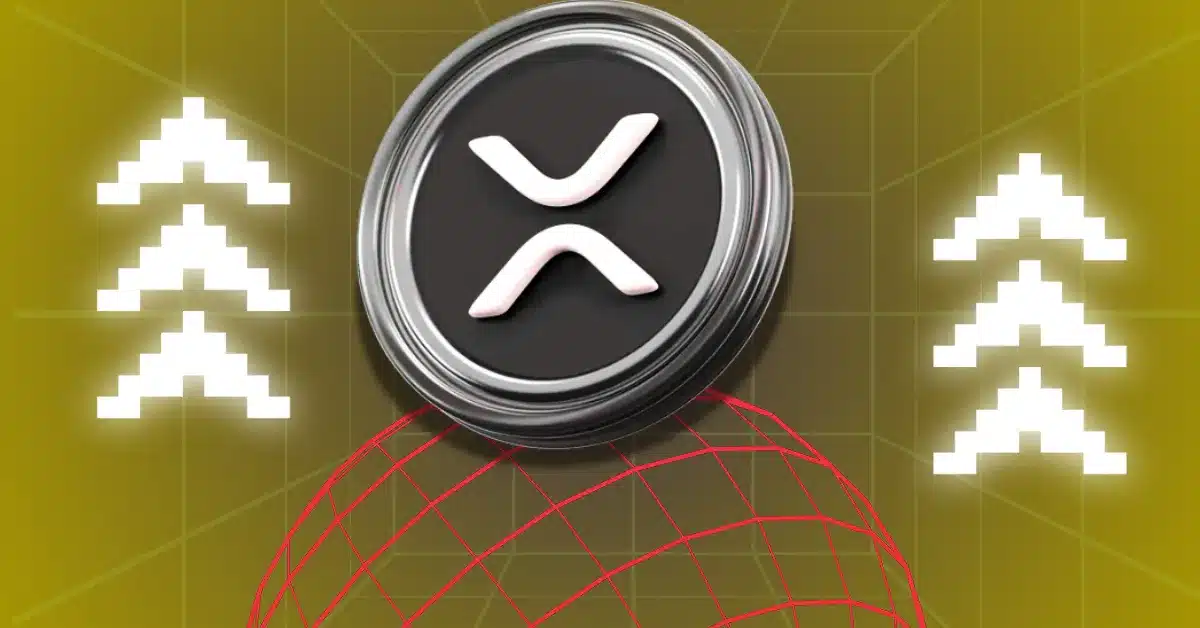The global financial ecosystem is witnessing a wave of speculation following a statement by crypto influencer Ripplepumpkin on X. According to the expert, XRP could be on the verge of replacing SWIFT, drawing a parallel to how SWIFT succeeded Telex after 47 years.
Telex, the standard for international payment messaging for nearly five decades, became outdated due to slow processing and a lack of standardization. In 1977, SWIFT replaced it by providing secure, automated, and structured messaging to financial institutions worldwide.
Also Read: Pundit Says XRP to $10,000 is Not Delusional, You Just Can’t Handle the Math
Although its use is widespread, SWIFT has not developed into a settlement system. It merely makes communication between banks easier, but the physical transfer of money still relies on intermediaries. This paradigm causes delays, elevated costs, and geopolitical risk.
Recent upgrades, such as SWIFT gpi, have improved transparency and messaging speed. Nevertheless, the system is yet to be capable of transferring value in real-time. Blockchain-powered infrastructure is becoming an area of interest as financial institutions look to quicker and more affordable alternatives.
🚨 DID YOU KNOW THAT SWIFT REPLACED TELEX IN 1977? 💡
TELEX: 1930-1977 (47 YEARS)
SWIFT: 1977-2024 (47 YEARS)
NOW IT‘S TIME FOR SWIFT TO BE REPLACED BY #XRP pic.twitter.com/8JNPjRcJP2
— RipplePumpkin (@RipplePumpkin) June 9, 2025
Ripple’s XRP Ledger Gains Ground as Modern Payment Infrastructure
Ripple’s XRP Ledger is drawing attention for its ability to combine messaging and settlement within the same framework. The network supports fast, low-cost transactions and provides interoperability between currencies and platforms.
Through its On-Demand Liquidity (ODL) product, Ripple leverages XRP as a bridge asset. This technology allows payments to settle within seconds without pre-funded destination accounts, with ODL currently operating in over 70 markets worldwide.
The XRP Ledger can process up to 1,500 transactions per second and confirm them in less than five seconds. Its energy-efficient consensus mechanism and tokenized assets make it attractive to central banks and payment companies that require scalable solutions.
Ripple has forged collaborative links with several banks, regulators, and financial services providers. These interactions are broadening, with additional institutions examining blockchain-founded cross-border resolutions. This makes Ripple’s XRP technology a strong candidate to dislodge old financial messaging systems.
The timing is under industry watch. Like Telex, which served for 47 years before SWIFT, the present change is also occurring after 47 years. That symmetry is causing some to speculate that another transition may be happening once more.
Conclusion
With rising demand for instant settlement, lower costs, and greater efficiency, XRP’s infrastructure may be on the path to redefining cross-border payments. Industry signals and historical patterns suggest a potential shift is in motion.
Also Read: ProShares Sets June 25 for XRP ETF Launch Amid SEC Filing Shakeup

